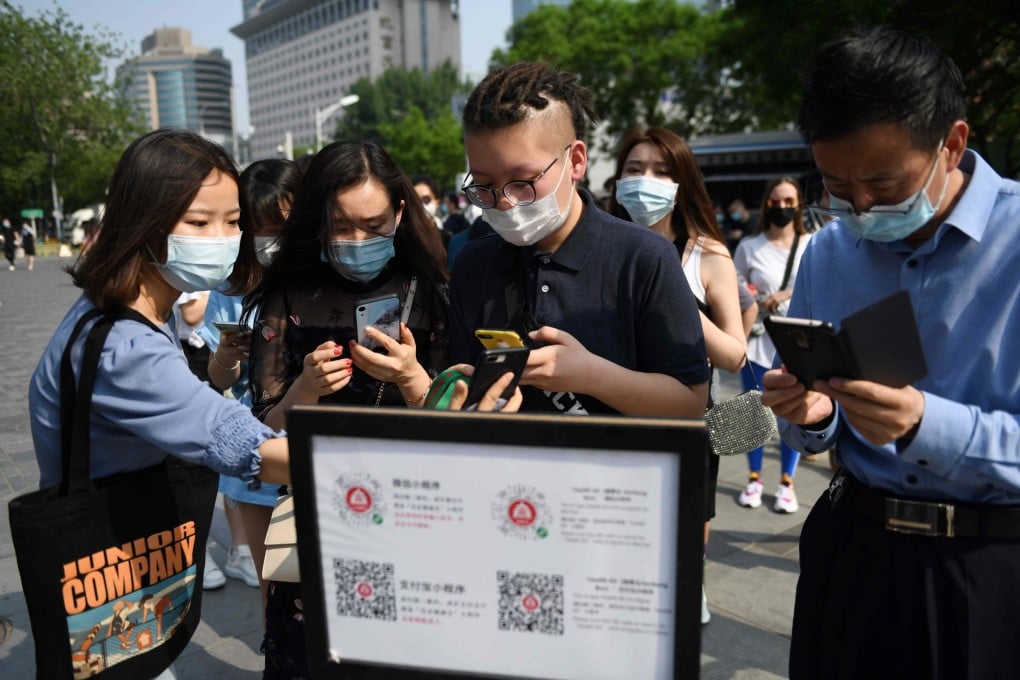China wants to keep health codes after the pandemic but users aren’t so sure
Some officials are looking at options to tie health codes to fitness, education and pension services, but it’s fueling data privacy concerns

Whenever Li Xin wants to take a stroll through a local park in Shanghai, she needs to pull out her phone and show a QR code. If it’s not the right color, she won’t be allowed in. The same goes for entering her office. Her code was even checked when she was enrolling her child in kindergarten.
Color-based health codes have become China’s most widely used method of trying to keep the spread of Covid-19 under control. With the danger having subsided in most of China, the QR codes have also started to be used less often. Local city governments, however, are hoping to turn them into a more permanent fixture for their citizens.
How the QR code conquered China
Unlike the contact tracing apps proposed by Google and Apple, which rely on Bluetooth, health codes in China are less sophisticated. They rely on travel and medical records and self-reported information to generate green, yellow and red QR codes meant to indicate a person’s risk of having been in contact with the virus. Green QR codes allow people to move about freely while yellow and red QR codes require quarantine for one to two weeks.

While it doesn’t currently look like health code systems will be dolling out points based on health habits anytime soon, more city officials in China are expressing interest in expanding this piece of tech that’s already being used across the country.